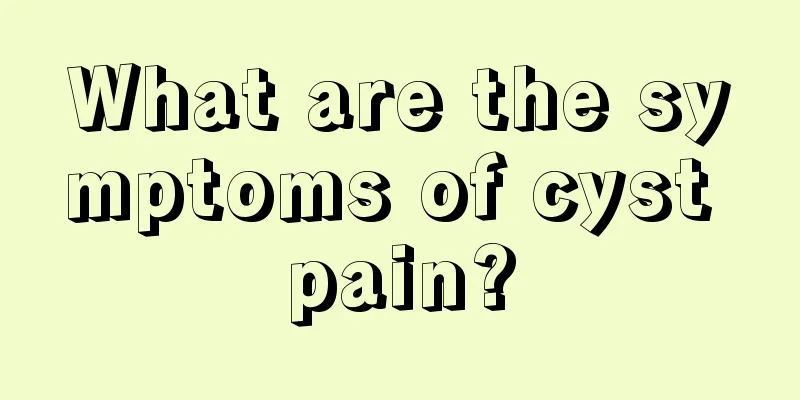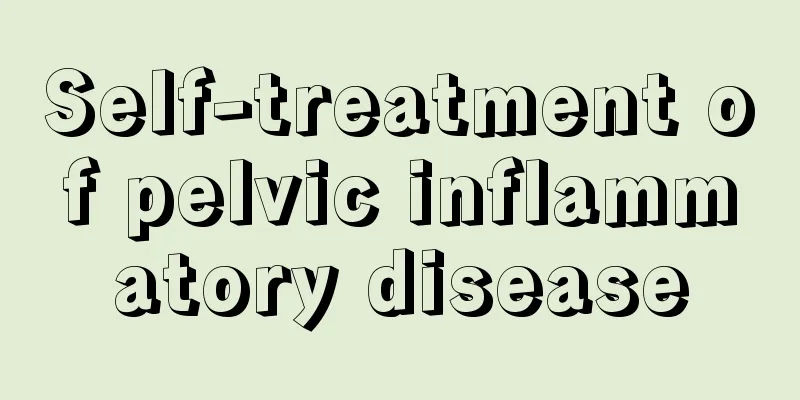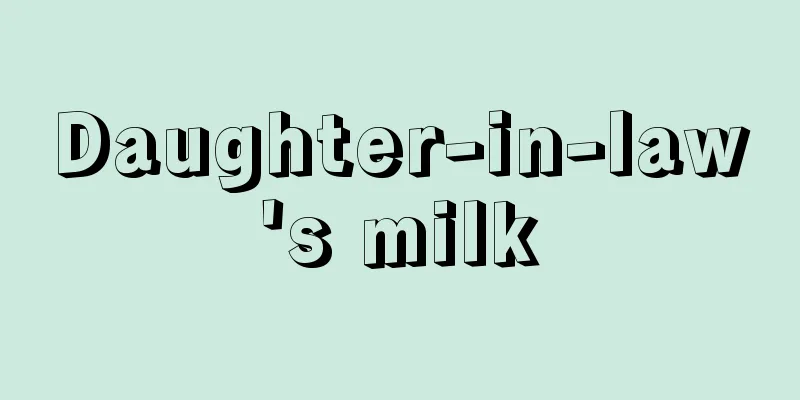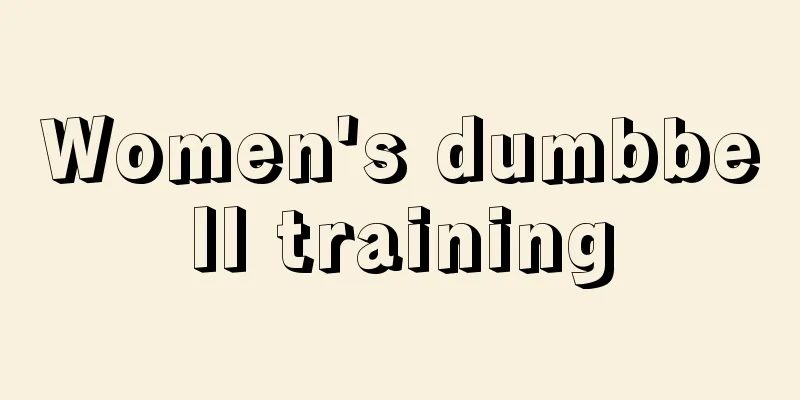What are the symptoms of cyst pain?

|
Nowadays people's diets are more diversified, so they will have some health problems to a greater or lesser extent, such as cysts. Cysts are not as difficult to treat as other diseases, nor do they grow in specific parts of the body. They can grow on the outside of people's skin or inside the human body. It is easy to identify if it grows outside the body, but it is more troublesome if it grows inside the body. Cysts generally do not cause pain. If they cause pain, it means the cyst is serious. What are the symptoms of cyst pain? 1. Malignant ovarian cysts Although these diseases may also cause lumps on the ovaries, they are different from ovarian cysts. The pain in the right lower abdomen should also be distinguished as being caused by a cyst or other diseases such as pelvic inflammation. Pain does not mean that the cyst is getting worse, and there is no absolute relationship between the severity of pain and the extent of the cyst. The more obvious the pain is, the more serious the cyst is not necessarily. To confirm that it is an ovarian cyst, the first thing to do is to determine whether it is benign or malignant. Surgery is the only treatment for malignant ovarian cysts. Due to the rapid growth of the tumor, patients may experience symptoms of malignant ovarian cysts such as abdominal distension, abdominal mass and ascites in the short term. When the tumor infiltrates into surrounding tissues or compresses nerves, the patient's symptoms of malignant ovarian cysts include abdominal pain, back pain or lower limb pain. If the pelvic veins are compressed, lower limb edema may occur. If it is a functional tumor, it may produce corresponding symptoms of a malignant ovarian cyst with excessive androgen. 2. The symptoms of malignant ovarian cysts in late-stage patients show cachexia. During gynecological examination, scattered hard nodules can be felt in the posterior fornix of the vagina. The lumps are mostly lateral, solid or semi-solid, with an uneven surface, fixed, and often accompanied by bloody ascites. Sometimes swollen lymph nodes can be felt in the groin, armpits, or above the collarbone. 3. The enlargement and expansion of the renal cyst increases the tension of the renal capsule, stretches the renal pedicle, or causes compression of adjacent organs. The pain is characterized by dull pain, fixed on one side or both sides, radiating to the lower part and lower back. If there is intracystic bleeding or secondary infection, the pain will suddenly increase. |
<<: Symptoms of colic in pregnant women
>>: What causes uterine contraction?
Recommend
What to do if you have congenital bicornuate uterus?
Today's newlyweds must undergo some pre-marit...
What to do if you have Qi and blood deficiency after childbirth?
After the pregnant woman has gone through the lon...
How to improve your physical fitness after childbirth?
After giving birth, women’s physical condition wi...
What is the reason for hematuria and back pain in women?
Some girls may notice red liquid in their urine w...
How can a 30-year-old woman enlarge her breasts? Mastering skills is the most important
Breasts are very important to every woman. Many w...
What should I pay attention to when I am pregnant with a saddle uterus?
Women with a saddle-shaped uterus will actually h...
What is the function of a laser printer? How to solve the problem of blurry printing on a laser printer?
Laser printers can scan and copy documents, and t...
What should a woman do if she is afraid of pain during her first time?
As women grow older, they will choose to get marr...
What to do if you are pregnant with cystic breast hyperplasia
Cystic breast hyperplasia is a gynecological dise...
Moon face, buffalo hump? What is this disease that causes a sudden drop in appearance?
Review expert: Wu Xi, deputy chief physician, Dep...
Can chronic adnexitis heal itself?
Gynecological diseases such as adnexitis can be d...
What to do if the fetus is in an abnormal position and the umbilical cord is wrapped around the neck
After a woman becomes pregnant, she needs to go t...
How many days after sex can I use a test strip to detect pregnancy
After having sex, it usually takes about 14 days ...
When is the best time to go to Mauritius? How is Mauritius tourism?
Mauritius is known as the paradise on earth in Af...
What causes abnormal leucorrhea after miscarriage?
Many women have unexpected pregnancies due to car...









